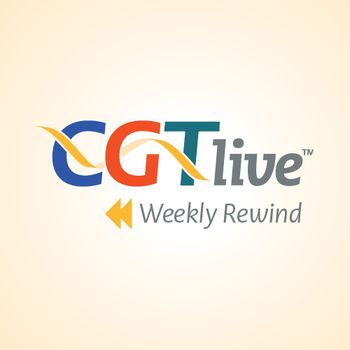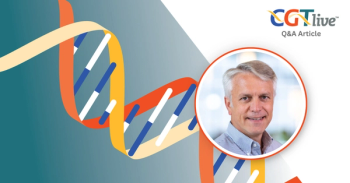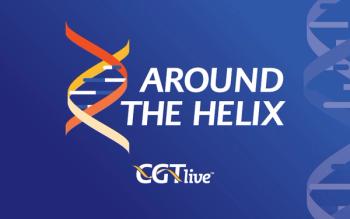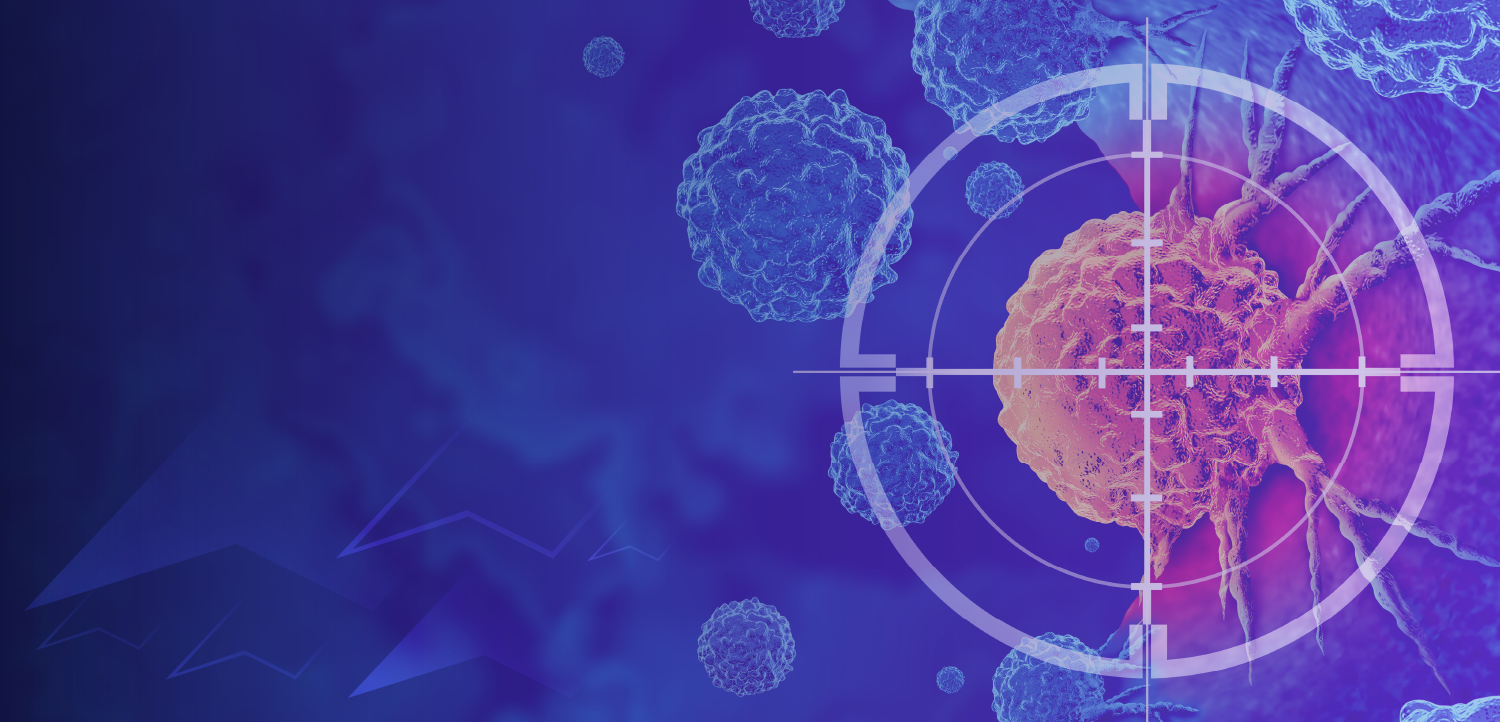
Using a Digital App to Aid Caregivers for Patients Undergoing Hematopoietic Stem Cell Transplant
Jamie Jacobs, PhD, the program director of the center for psychiatric oncology & behavioral sciences at Mass General Cancer Center, discussed her presentation at ASCO this year.
The role of the caregiver, usually a family member or friend, is critical for many patients receiving cellular therapies, including hematopoietic stem cell transplant (HSCT), for oncology indications. Although, caregivers typically meet with a social worker prior to the patient receiving HSCT, this approach has limits in its ability to support caregivers because of time and resource limitations.
At
CGTLive: Could you give a little background context about what you're presenting at ASCO this year?
Jamie Jacobs, PhD: I’m really excited—we’re going to be presenting the results of a randomized controlled trial where we delivered a digital multimodal intervention based in cognitive behavioral therapy to the family caregivers of patients with a hematologic malignancy undergoing HSCT.
Could you give an overview of the key points from your presentation?
We delivered this intervention, which we call the BMT-CARE App. It’s a mobile app with 5 sessions, or modules, over the course of the transplantation. We enrolled family or friend caregivers who were the designated primary caregiver of a patient undergoing stem cell transplant, 1 to 2 weeks prior to Day Zero of the stem cell infusion. They continued to use the app for 60 days after the transplant.
We looked at their outcomes before, during, and after the transplant. Caregivers completed the required modules and rated how they were doing before and after. We found that there wer significant improvements in our primary outcome, which was quality of life at Day 60. We chose this primary end point because that’s when patients are beginning to experience immune reconstitution and symptoms are likely improving at that time.
Those in the BMT-CARE App group, compared to the usual care group, experienced improvements in quality of life that were both statistically significant and clinically meaningful changes. They also had reduced caregiver burden, lower symptoms of depression and posttraumatic stress, and an increase in their ability to cope with the stress of caregiving.
I didn't say it before, but the usual care group met with a transplant social worker once prior to the transplant, which is commonly done in transplant centers. The BMT-CARE App group also had this meeting with a transplant social worker and then was using the app in addition.
We conducted the study at the Mass General Cancer Center. We enrolled 125 caregivers of patients undergoing stem cell transplant into either the usual care group or the BMT-CARE App group. The usual care group met with a social worker once prior to transplant and our BMT-CARE app group also met with a social worker, but received the BMT-CARE app preloaded on a study loaned iPad. They completed these self-reported assessments at the baseline assessment, which was 1 or 2 weeks prior to Day Zero of the stem cell infusion, and we repeated the assessment at Day 10 posttransplant, and then Day 60 and Day 100 posttransplant.
How would you summarize the big picture implications that you would want doctors and the broader healthcare community to take away from this?
I think what’s really notable about these findings is not just what significant clinically meaningful improvements we saw in quality of life and some of our other outcomes, but also how engaged caregivers were using this app content. We had translated this mobile app from a clinician delivered intervention that showed really promising findings, improved quality of life, and reduced caregiving burden. In a randomized control trial we had done a few years ago clinicians and caregivers met together one-on-one for clinicians to teach caregivers about different evidence-based strategies for coping with uncertainty and fears of what the transplant would be like for their patient. Because of the promising findings, we knew that this was a very helpful intervention, but we knew that it's not necessarily scalable in the clinical setting because transplant centers have limited resources and bandwidth to have clinicians deliver something like this and the caregivers are very stressed and burdened, and they have a lot of constraints on their time to participate in something like this on a weekly basis.
For that reason, we translated this clinician-delivered intervention into a mobile app platform allowing caregivers to engage with this material and content whenever they needed it most, in the convenience and privacy of their own home. Additionally, the content actually spans the course of transplant, which is also really unique to this study because most interventions that focus on psychosocial distress have chosen a time point maybe during transplant or after transplant. This app follows caregivers before, during, and after the transplant and caregivers were very engaged with the app (they used it for a little over 2 hours, which suggested that many caregivers returned to some of the content even after they had completed it), and they rated it very highly on a system-usability scale that we gave them to tell us how well this content met their needs, how engaged they were, and how integrated the features were (were they convenient to use, and could they use them independently?). They gave us a very high rating and we had very good retention on the app over time, which is notable because retention on apps is not very good and the caregivers in our study continued to use the app throughout the different modules.
Are there any future plans or remaining challenges you can discuss?
This was a study that established the efficacy of this app in improving quality of life for family caregivers and reducing caregiving burden, depression, and posttraumatic stress. But what we want to do next is really expand so we're hoping to do a multisite trial where we would include several cancer centers and be able to assess the generalizability of this intervention, include caregivers of different demographic and geographic backgrounds, translate the intervention from English to other languages, and really be able to establish these findings in a larger caregiving sample, as well as start to look at: How accessible is this and how scalable is this if we wanted to disseminate this as more routine care in clinical settings and transplant settings? Those are our next steps.
And lastly, is there anything we didn’t cover that you’d like to add?
We know that the family and friend caregivers of patients undergoing HSCT experience very high rates of anxiety and depression, sometimes up to 40%, meeting criteria for what we would consider to be clinically significant anxiety or depressive symptoms, and continue to experience deteriorations in their quality of life as a result of the distress and burden that they face. The fact that a brief and self-guided intervention like this, which is very wanted and needed by caregivers, shows such benefit has clinical implications for how we deliver something like this to caregivers and get this out to many caregivers in a way that's resource-efficient and cost-efficient.
This transcript has been edited for clarity.
REFERENCE
1. Jacobs JM. Psychosocial digital application for caregivers of patients undergoing hematopoietic stem cell transplantation (HSCT): A randomized controlled trial. Presented at the 2025 ASCO Annual Meeting, held May 30 to June 3, in Chicago, Illinois.
Newsletter
Stay at the forefront of cutting-edge science with CGT—your direct line to expert insights, breakthrough data, and real-time coverage of the latest advancements in cell and gene therapy.



































